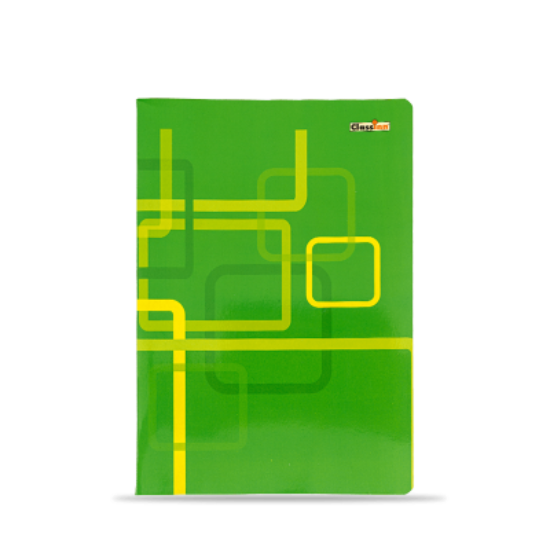During the mid-1950s, three groups of textbook directors met and discussed problems they had with textbook manufacturers. After the meeting, they agreed to establish a uniform set of specifications for textbooks. They also decided to use the same physical specifications and approaches to manufacturing textbooks. During these discussions, it was also determined that the specifications should be verified on a scientific basis.
A year later, the United States Testing Company (USTC) was hired to conduct laboratory testing of textbooks. The first report was given to the commission in 1981. The report stated that the adhesive binding stood up well, but some failures were found. The committee also reported that there were no additional books available to be tested.


In 1971, the Advisory Commission on Textbook Specifications (ACTS) was formed. It was comprised of textbook manufacturers and state textbook directors. The ACTS group worked to establish NASTA specifications that could be used by textbook manufacturers. These specifications would help insure reasonably durable textbooks at practical prices. The ACTS program has continued to evolve, but its main purpose is to maintain appropriate physical standards for instructional materials.
The ACTS advisory committee has communicated well with textbook manufacturers, publishers, sellers, buyers and ultimate users. In addition, it has produced meaningful NASTA specifications. These specifications are called Manufacturing Standards and Specifications for Textbooks (MSST). These specifications are intended to be a guide for textbook manufacturers. They are based on empirical experience and evaluations from the State of Texas, as well as on textbook director observations.

 English
English 中文简体
中文简体 Français
Français عربى
عربى

 ++ 86-15058281618
++ 86-15058281618















